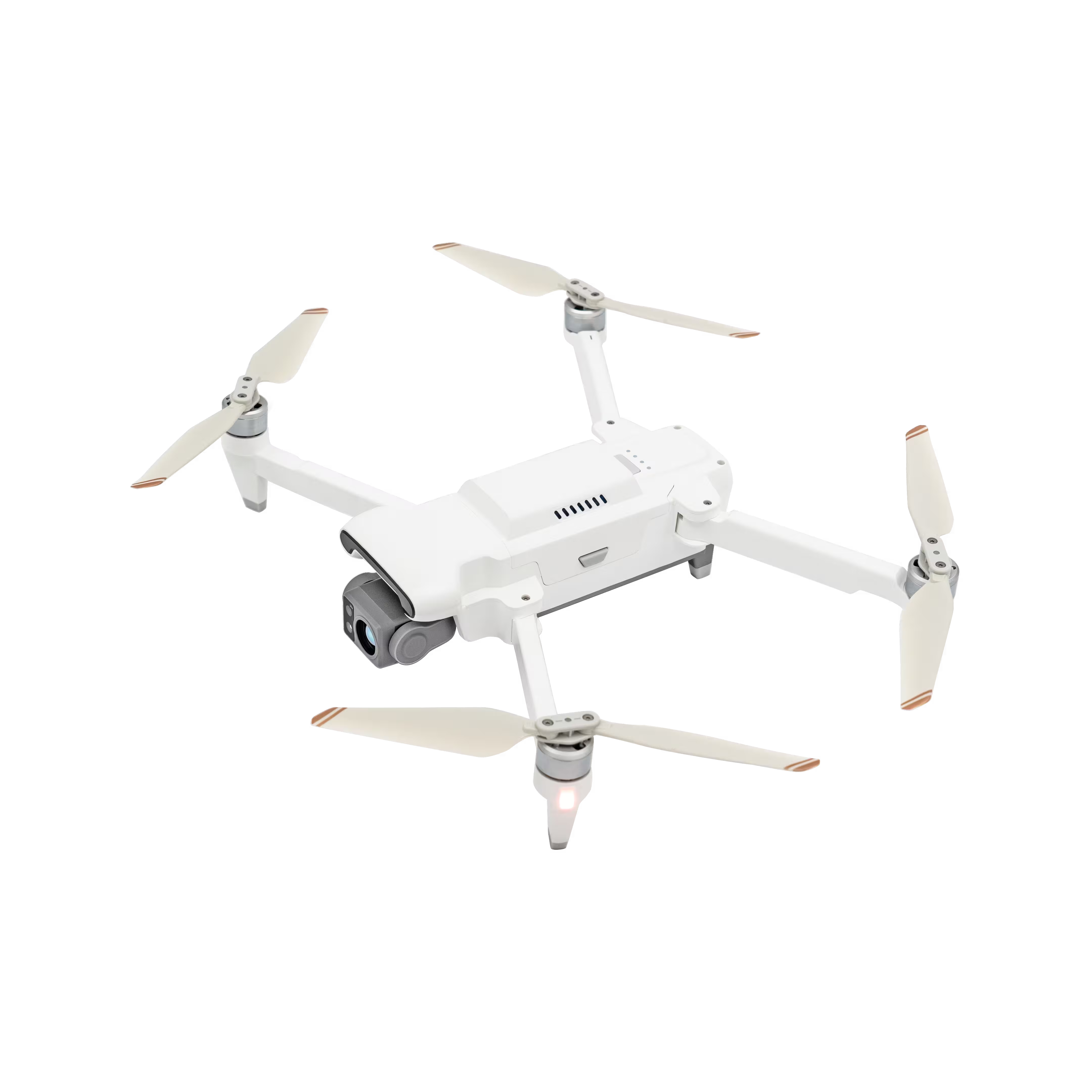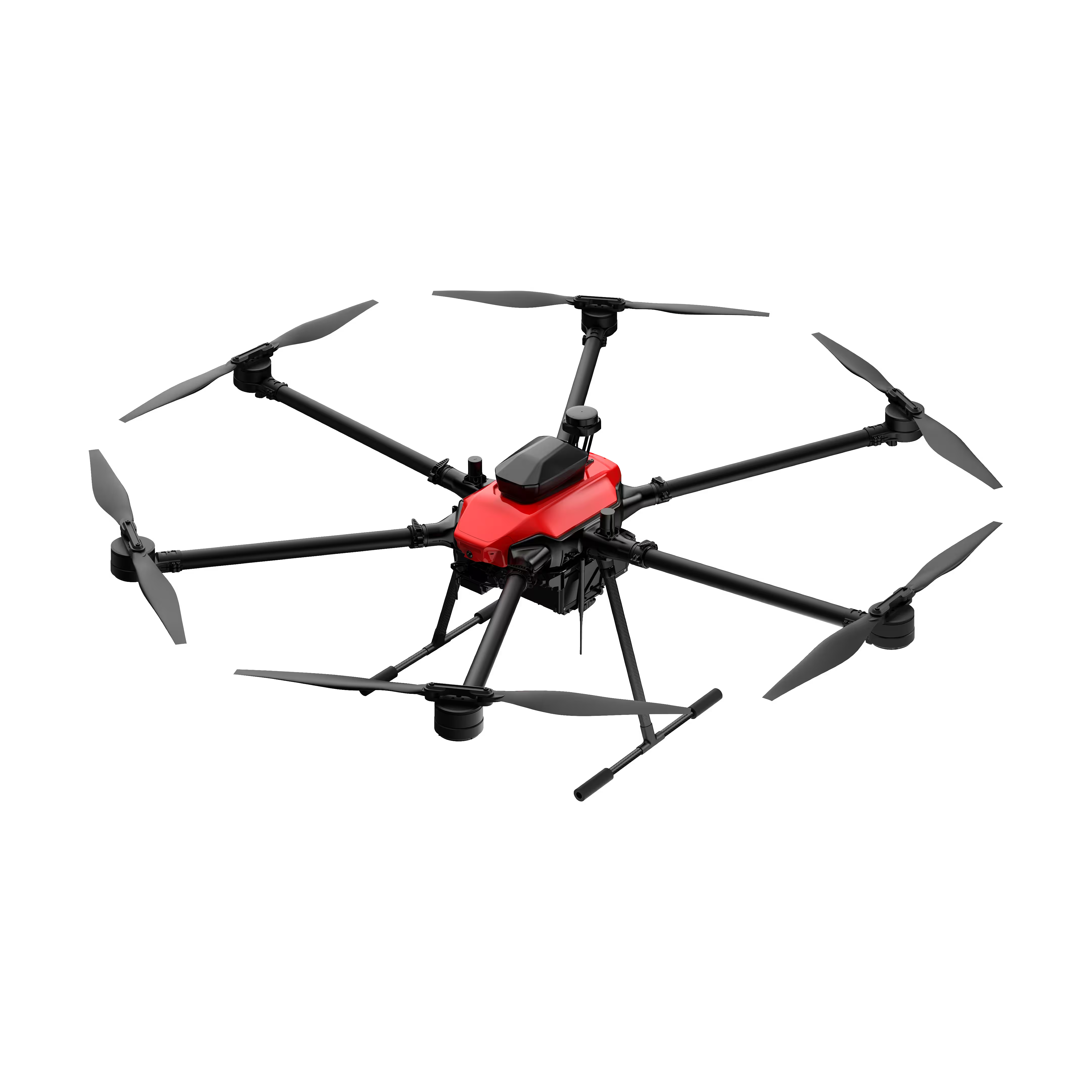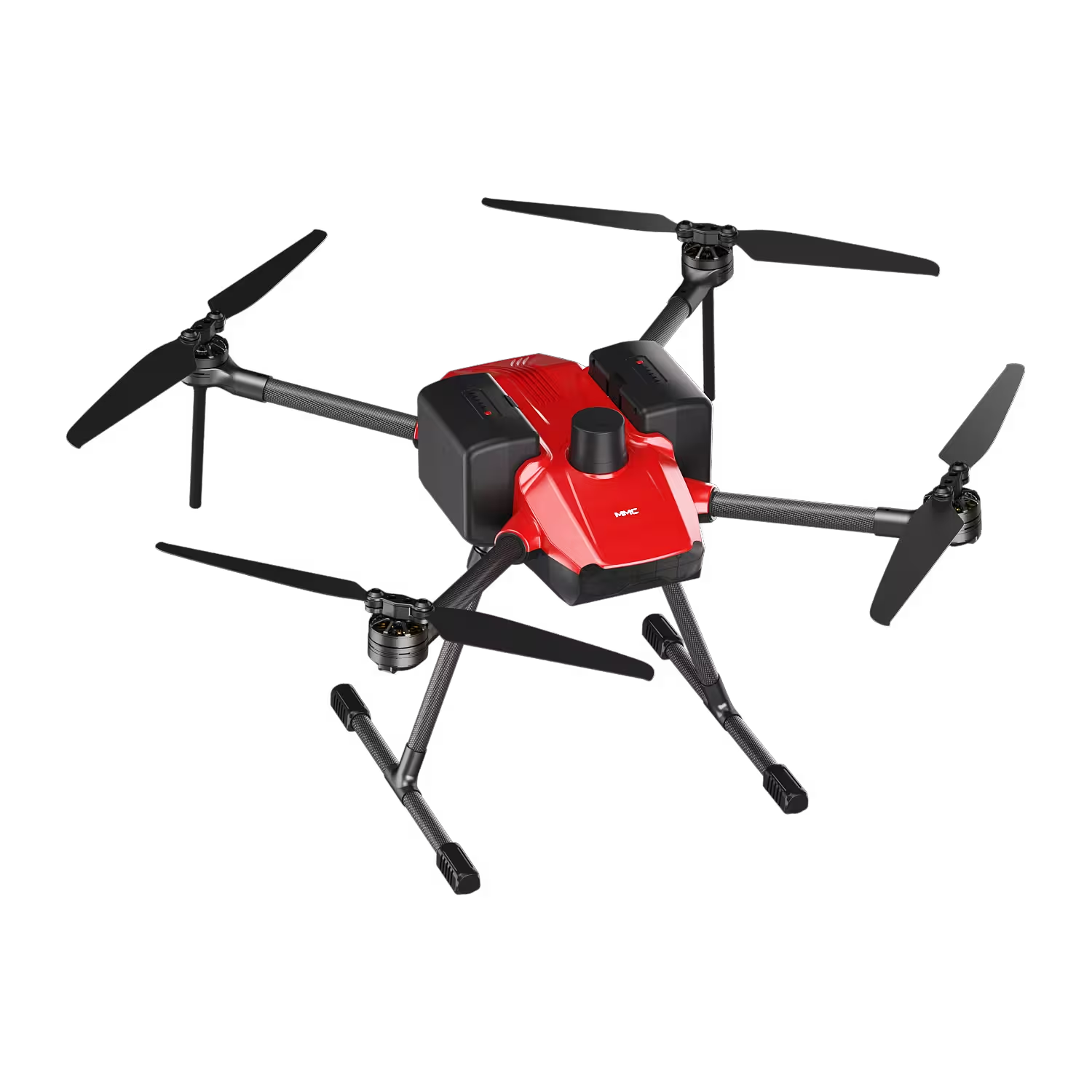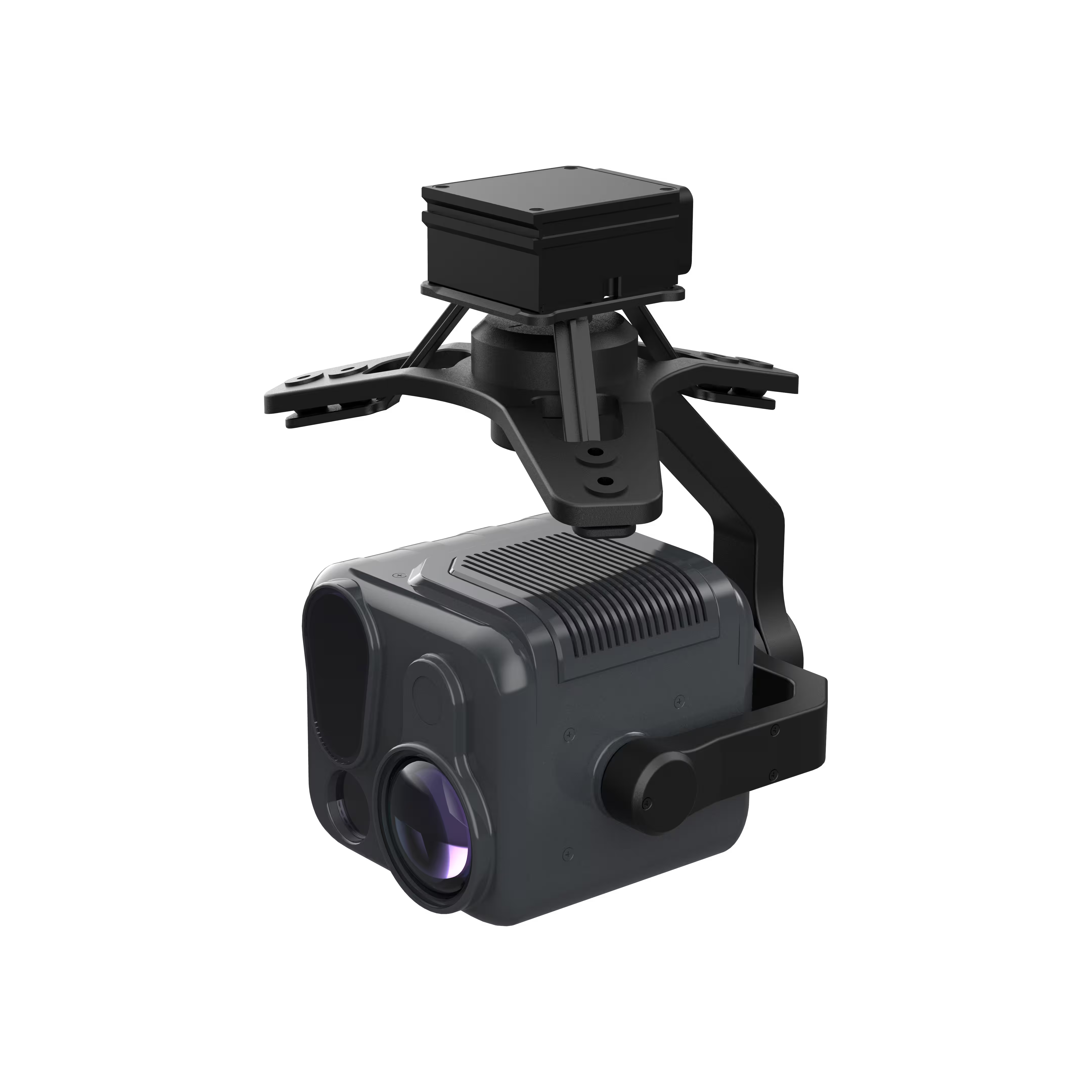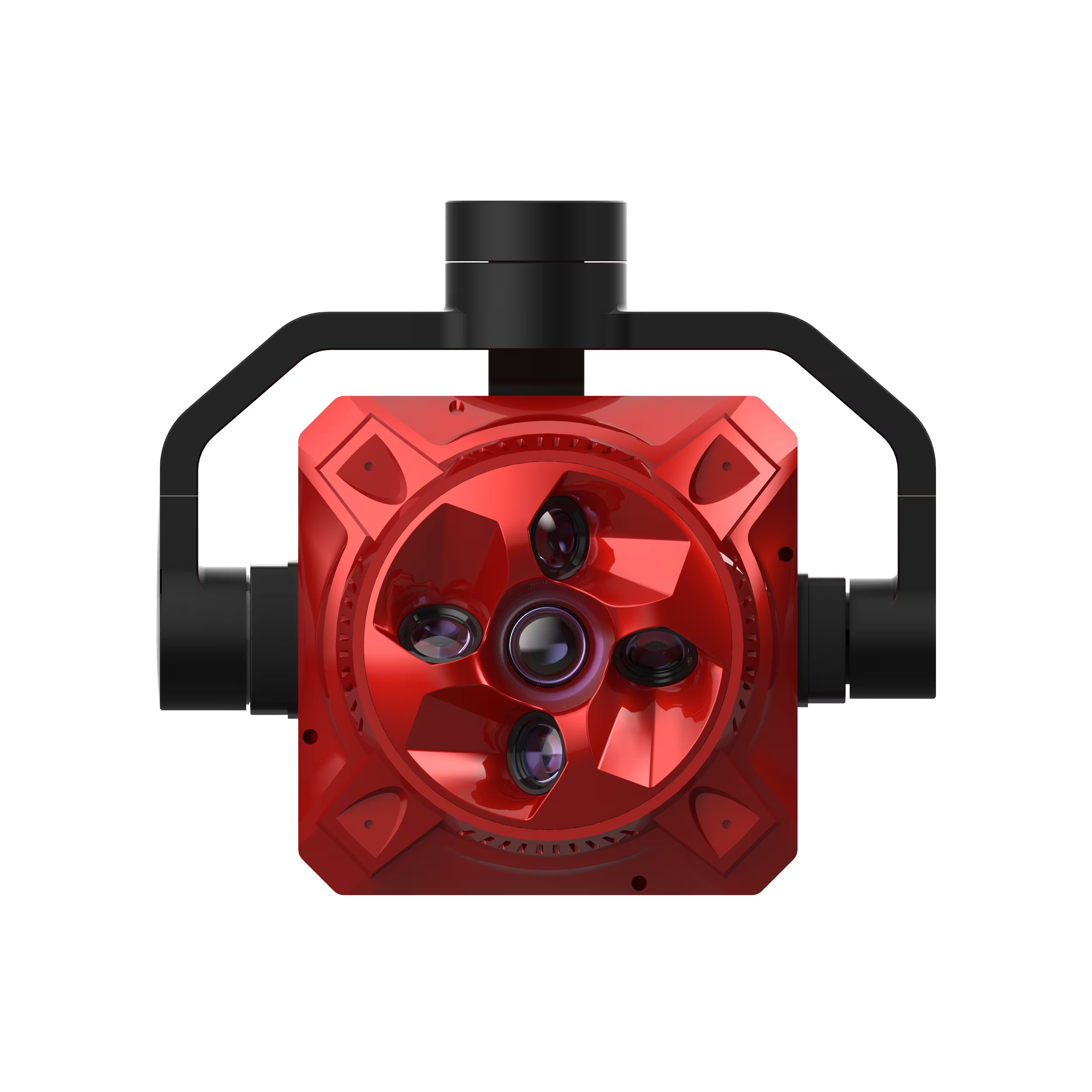Infrastructure
MMC offers advanced aerial inspection solutions to optimize infrastructure maintenance. Our accurate drone technology digitizes records and efficiently tracks the condition of buildings and roofs. We utilize visual and thermal data capture and analysis for comprehensive and precise assessments, ensuring improved efficiency and safety in your inspection workflows.
MMC Drone Solutions for Infrastructure
Bridge Inspection
MMC bridge inspection solution uses high-resolution camera-equipped drones to meticulously inspect critical bridge components like decks, piers, and cables. Leveraging LiDAR, it swiftly generates BIM and digital twin models for faster, cost-effective assessments. This technology helps builders, maintainers, and auditors understand bridge conditions and proactively plan maintenance.
Roof Inspection
MMC roof inspection solution utilizes drones to safely and efficiently inspect roofs for cracks, leaks, and various damages. This method significantly enhances employee safety by eliminating the need for personnel to access hazardous rooftops, providing a secure and comprehensive assessment of roof conditions.

Traditional Challenges for ridge Inspection
- Traditional bridge inspections often necessitate workers climbing the structures or utilizing aerial work platforms, presenting significant safety hazards, particularly under adverse weather conditions.
- Manual inspections can be time-intensive, especially for expansive bridges, leading not only to prolonged durations but also potential traffic disruptions.
- Bridge inspections demand considerable manpower and specialized equipment, such as aerial work platforms and hanging baskets, which escalate the costs.
- Manual inspections might not encompass all bridge areas, particularly those that are challenging to access, potentially resulting in incomplete data and compromising the accuracy of the inspection outcomes.
- The effective analysis and processing of extensive data collected remain a challenge. Conventional methods typically depend on manual recording and analysis, which are inefficient and susceptible to errors.
How Drones Aid Bridge Inspection
- Enable the inspection of hard-to-reach areas, such as high altitudes or confined spaces, without endangering inspection personnel.
- Expedite the coverage of extensive bridge structures through automated mission planning or manual control, diminishing inspection durations and eliminating coverage gaps.
- Lower inspection costs and enhance inspection frequency with user-friendly and economical drone solutions.
- Drones, outfitted with high-resolution cameras and additional sensors, can detect minute details, such as fine cracks, corrosion, and other structural issues. This data can be further analyzed using image processing software to heighten inspection precision.
- Produce high-quality data that can be archived and scrutinized for ongoing bridge health monitoring. By comparing data across different time points, it is feasible to detect trends in the bridge's structural integrity and preemptively alert to potential issues.
Related Products

Traditional Challenges for Roof Inspection
- Traditional methods of roof inspection expose personnel to significant risks.
- Manual assessments and documentation are required, making the process inefficient and prone to inaccuracies.
- Some roof defects are not easily detectable through visual inspection alone.
How Drones Aid Roof Inspection
- Enhance safety by eliminating the need for personnel to climb or be exposed to hazardous environments.
- Drone data can be easily verified, stored, and monitored over time for consistency and accuracy.
- Aerial thermal imagery offers additional insights into the condition of the roof, revealing issues not visible to the naked eye.
